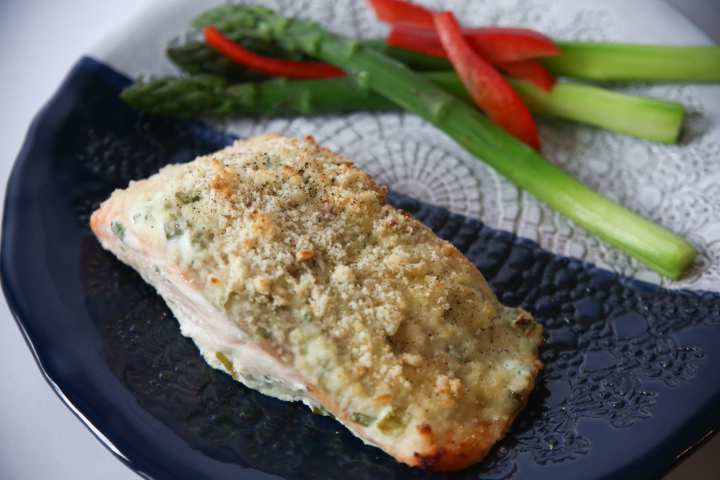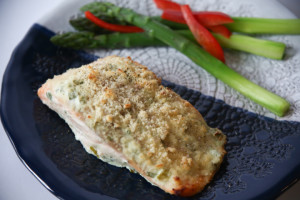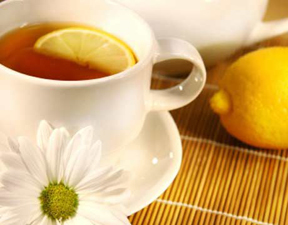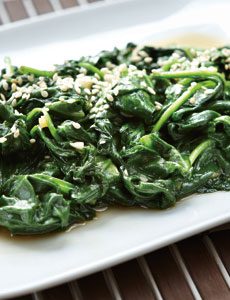Anti-inflammatory foods

For starters, what is inflammation, really?
Inflammation is your body’s response to tissue damage. First your immune system sends blood to the damaged area, which can result in swelling and stiffness. Then neturophils (specialized white blood cells) head to the area to absorb the debris of damaged tissue. The third stage occurs when macrophage cells arrive to ‘clean up’ and illicit tissue regeneration.
 Not all inflammation is bad, in fact, it can play an intrinsic role in the healing process. When a major injury occurs, we need that pain and stiffness to tell our bodies to rest that area while it heals. But minor inflammation also happens after normal workouts where no significant injury occurs. Inflammation plays a role in repairing everday muscle damage and also promotes training adaptations, by allowing one to develop stronger muscle fibres. This is usually noticed by athletes as activities that once were hard, for example running 5K for the first time, eventually become very manageable and considered a short run, once their muscles adapt.
Not all inflammation is bad, in fact, it can play an intrinsic role in the healing process. When a major injury occurs, we need that pain and stiffness to tell our bodies to rest that area while it heals. But minor inflammation also happens after normal workouts where no significant injury occurs. Inflammation plays a role in repairing everday muscle damage and also promotes training adaptations, by allowing one to develop stronger muscle fibres. This is usually noticed by athletes as activities that once were hard, for example running 5K for the first time, eventually become very manageable and considered a short run, once their muscles adapt.
How many times have you tackled a new exercise or raced hard, felt fine right afterwards, only to wake up the next morning almost unable to move? Most runners can relate to the difficulty of walking up and down stairs in the days following a hard race effort. This effect is known as ‘delayed onset muscle soreness’ (DOMS). This type of inflammation can seriously hamper training.
So, who’s at risk? Athletes that consistently train hard may not be completely recovering in between. This develops into a cycle of chronic inflammation. As joint tissue is one of the areas that takes a beating during exercise, repetitive strain joint injuries, such as runner’s knee, are often aggravated by inflammation. Inflammation is one of the main reasons that “don’t go too far, too fast, too soon” is the mantra for all beginners and even experienced runners trying to get fit for an event.
You can aid your body in avoiding excess inflammation through your food choices. An anti-inflammatory diet is similar to the famed Mediterranean diet in many ways; they share a focus on wholesome rather than processed foods, healthy fats and eating colourfully.
Here are the best anti-inflammatory foods to incorporate into your diet:
 Cold water fish
Cold water fish
The omega-3s in salmon, trout, mackerel and tuna help reduce joint pain and stiffness. If you normally pop an non-steroidal anti-inflammatory drug (NSAID) like advil, to combat soreness, then you’ll want to consider incorporating more fish into your diet. A study by American Journal of Clinical Nutrition showed that increasing omega-3s in one’s diet enables people to reduce or halt their use of NSAIDs.
Blueberries
High in antioxidants (which attack free radicals) and phytonutrients, blueberries pack an anti-inflammatory punch. Hint: the darker the colour of the berry, the higher the antioxidant level.
 Green tea
Green tea
The flavonoids in green tea have been proven to be potent inflammation-busters. This is one of the reasons that green tea also makes our list of healthiest drinks to try.
Ginger
The practice of using ginger to sooth sore stomachs (intenstinal inflammation) and treat joint pain can be traced throughout history. For an update on a remarkable study done on the recovery of ginger supplemented runners, click here.
Turmeric
If you’re familiar with yellow curry, you know what turmeric is. Curcumin, which is the active ingredient in turmeric, works to ward of NF-kB (a molecule that travels to the nuclei of cells in order to trigger genes related to inflammation). An anti-inflammatory spice that you can sprinkle onto meals? Sounds like a pretty good deal to us.
Sweet potatoes
Just because you’re trying to reduce inflammation does not mean reducing carbohydrates in your body (except for the processed/refined ones like white bread or white rice, get rid of those in favour of whole grains!). Therefore, this list would not be complete without a starchy option. As a complex carbohydrate, with high levels of beta-carotene and vitamin C, the antioxidant properties of sweet potato work to reduce inflammation.
 Dark greens
Dark greens
The vitamin E content of leafy greens has been shown to help protect from cytokines(immune system messenger proteins). The colouring is a sign of high anti-oxidant content.
Olive oil
Olive oil’s compound, oleocanthal, operates in exactly the same way that NSAIDs do – by blocking the production of COX-1 and 2 (inflammatory enzymes). A study by the Monell Chemical Senses Centre found that 3 and ½ tbsp of olive oil has an equivalent effect to a 200-mg ibuprofen. However, we can’t recommend that as a wise diet choice, as that amount of olive oil would be upwards of 400 calories.
Quick tips for avoiding inflammatory foods:
– If it’s deep fried, beware!
– If you normally consume red meat more than once a week, consider swapping one of those meals for cold water fish
– Swap your sugary morning cereal for oatmeal and sweeten with blueberries
– Cook with olive oil when stir frying and use it as the base of salad dressing
– Choose green tea with breakfast over a sugar-laden juice
– Watch out for the words ‘hydrogenated oil’ or ‘vegetable shortening’ on ingredient lists—avoid these
– If you order in, (particularly in the case of Chinese take out) make sure you ask about MSG





